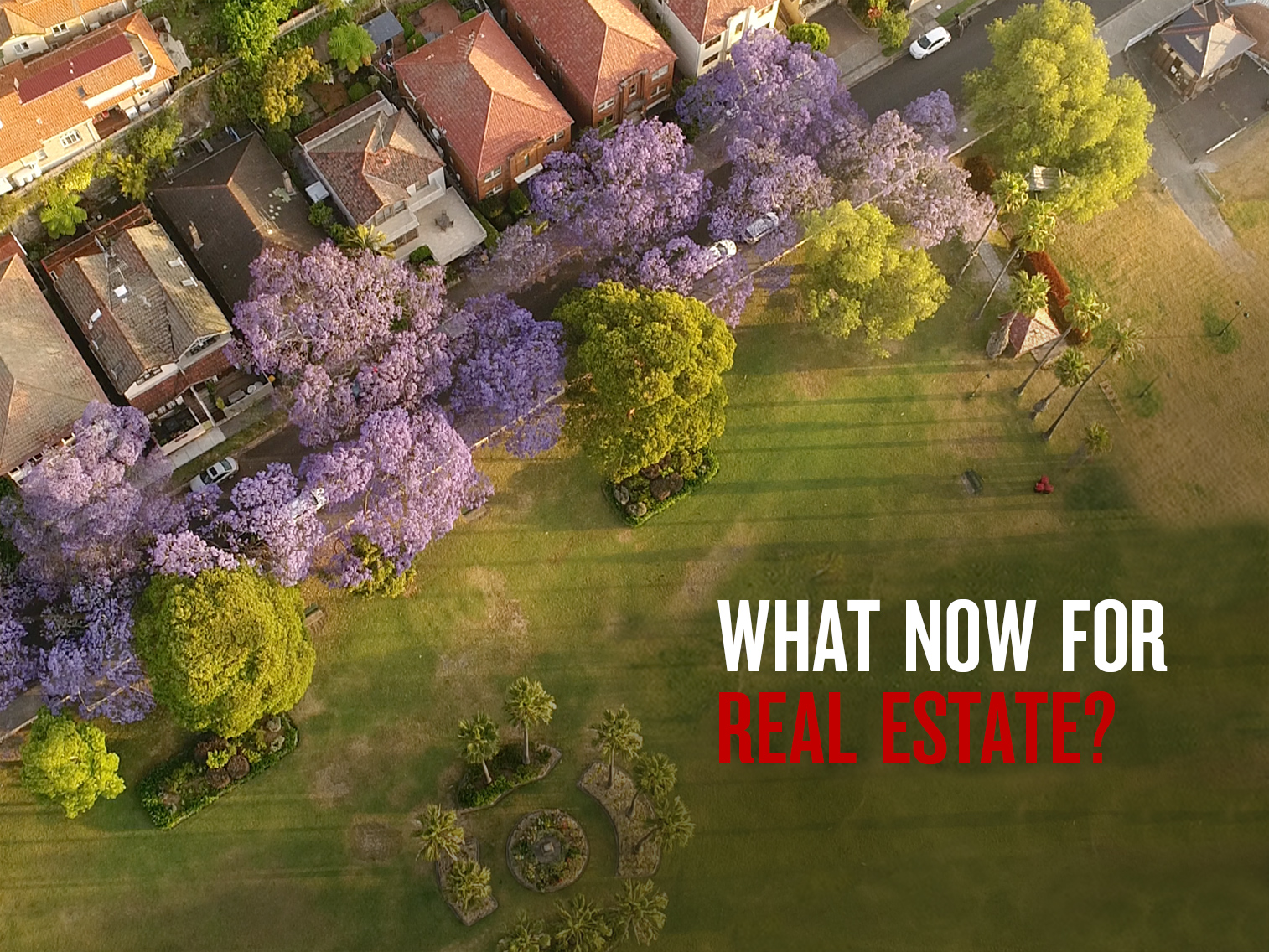Hear NAB’s senior expert panellists discuss a range of topics to provide key insights to help you and your business prepare for the current property market climate.

Real estate businesses were justifiably anxious in early 2020. A year later they have good cause to celebrate. So how did we get here and can it last?

Real estate businesses can look back on 2020 with a sense of relief. Last year there was considerable concern that the pandemic would hit the property sector particularly hard. But while parts of commercial real estate may continue to feel the effect of a reconfigured workforce, the residential market has been positively buoyant.
In fact, Australian home values surged 2.1 per cent in February, according to CoreLogic data, the biggest monthly increase for 17 years.
Meanwhile, NAB’s Q4 Quarterly Australian Residential Property Survey saw housing market sentiment at a survey-high of +45 points at the end of 2020 – up from a low of -33 in the second quarter of the year. Confidence has also rebounded to levels last seen before COVID as expectations lift sharply for house price growth across the country.
“The housing market has really held up a lot better than most people, including us, expected at the start of COVID,” observes NAB Head of Behavioural & Industry Economics Dean Pearson.
“And that’s despite the fact that we’ve seen really some quite significant challenges, including slower population growth and a weaker labour market.”
Adrian Kelly, President of the Real Estate Institute of Australia, was particularly gratified by the more positive outcome. “March to April last year, we were expecting the sky to fall in. Soon it became apparent to us that what was being forecast, and what our members were reporting back to us, was quite different. It became a bit of a Y2K moment because, unlike a number of other industries, the market actually took off, which is not what we were expecting at all.”
Kelly puts this down to good old-fashioned supply and demand. “There were far fewer properties available on the market, so that was keeping prices steady.”
Government subsidies and tax relief were also a saving grace in 2020. As Pearson explains: “Households have had a fair bit of support on the income side from the federal government, including tax cuts. This, together with lower interest rates, seem to have been the key offsets to these other trends we saw.”
For Leanne Pilkington, President of the Real Estate Institute of New South Wales, 2020’s ultimate outcome also brought huge relief.
“It was only a few months right in the middle of the pandemic that transaction numbers and inspections were a real problem and then it seemed to take off,” she says. “We went into the year with low stock levels and high demand because 2019 wasn’t a great year for real estate and that demand just continued.”
Even during the worst of it, real estate agents held their nerve pretty well, Pilkington says. “By and large, agents were incredibly resilient. They panicked at the very beginning – everybody panicked at the very beginning, agents weren’t special – but they got on with it pretty quickly and soon it was obvious that the market wasn’t going to fall apart.”
Of course, it wasn’t entirely smooth sailing. Rentals have been a different story altogether. Government regulations together with extensive lockdown periods have limited real estate agents’ flexibility in certain circumstances. “There was an inability to conduct rent reviews and therefore increase rents,” Kelly notes.
In fact, there was a general decline in prices during 2020. “Unfortunately, we did see rental drops and vacancy rates increase, particularly in and around the universities,” Pilkington says.
While higher unemployment contributed to the softer rental market, there have been other issues to contend with. A glut of apartments built in response to pre-pandemic expectations of population growth has only made matters worse
particularly around the universities where international university students are understandably scarce on the ground these days.
Dean says this latter issue will continue for the foreseeable future. “Particularly in some of the high-density apartment markets, the lack of population growth and overseas migration is going to impact demand for higher density.”
Yet the national picture is rather more upbeat. As Kelly points out, “There have been some issues in inner-city Melbourne and Sydney, particularly in apartments, but certainly less than five per cent of tenants have been impacted due to unemployment,” Kelly says. “And in most cases, in the smaller regions, it’s less than one per cent of tenants. That’s much more manageable than what we were expecting.”
Meanwhile, the sector’s outlook is promising with nationwide rents set to improve sharply, according to the NAB Quarterly Australian Residential Property Survey – around 2.1 per cent on average over the next 12 months.
The signs for 2021 look positive in many respects. NAB’s economic team foresees a further uptick in dwelling prices for some time to come, arguing that the full impact of lower interest rates is still to play out. That, together with an improved economic outlook, means they have increased their growth forecast to around eight per cent in 2021 and about a further six per cent in 2022.
It may not be surprising to learn that capital cities like Melbourne and Sydney aren’t the main drivers here. Rather it’s the regions that are looking particularly promising. According to Domain’s December House Price Report, Byron Bay house prices jumped 37 per cent in 2020. Meanwhile, the regional area of Armidale has seen an increase of 8.5 per cent – almost as high as the past five years combined. “Armidale shows it’s not just the coastal locations,” Pilkington says.
How long-term this turns out to be remains to be seen. “In our behavioural surveys, Australians are still saying that overwhelmingly they’re not going to relocate permanently for lifestyle reasons or move interstate,” Pearson says. “So it’ll be interesting to see to what extent those movements that we’ve seen are lasting movements.”
In any case, the outlook is unqualifiedly positive for real estate businesses just now. With the prospect of continued low interest rates, Pilkington, for one, remains very upbeat about the market and the prospects for her sector.
The fact that the turnaround has been so fast is all par for the course. “The real estate market is very rarely a slow burn in my experience,” Pilkington says. “It happens so quickly that even the agents are left going, ‘Hold on a second, what just happened?’”
Of course, this can happen in reverse. As she notes, “You go from one week to the next and the market could be completely different.”
Kelly feels better prepared than ever. The advent of online auction platforms and the ability to do remote property inspections means the real estate sector is in a stronger position than ever. “That won’t go away and that’s a good thing for our industry. It saves a lot of time and a lot of money as well,” he says.
And for now at least the opportunities are there for the taking and the real estate sector is primed to make the most of them.
© National Australia Bank Limited. ABN 12 004 044 937 AFSL and Australian Credit Licence 230686.